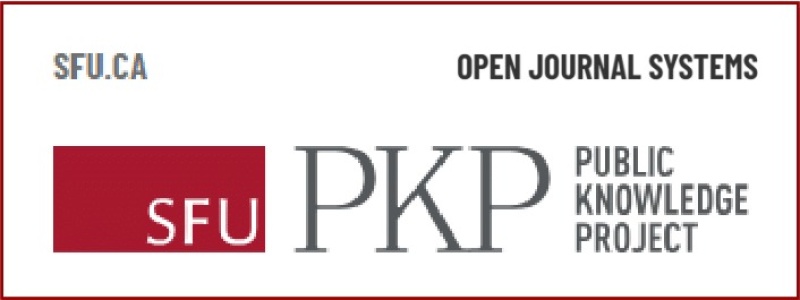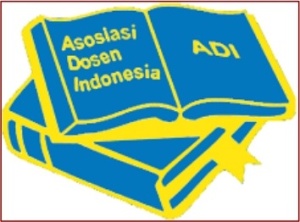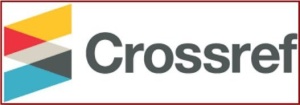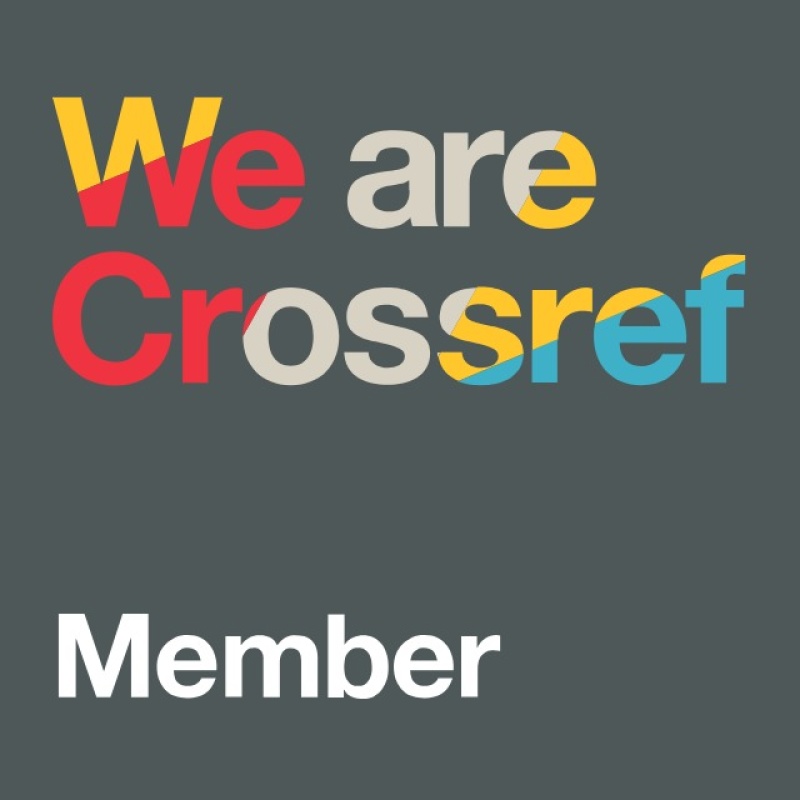Pengaruh Model Pembelajaran Meaningful Instructional Design terhadap Motivasi dan Hasil Belajar Kognitif Siswa
DOI:
https://doi.org/10.36312/educatoria.v3i2.207Keywords:
Meaningful Instructional Design, Motivation, Cognitive Learning Outcomes.Abstract
Problems in learning that have been identified from observation activities at Praya 4 Public Middle School, namely, the lack of student motivation in learning so that it has an impact on students' cognitive learning outcomes. This study aims to: 1) determine the effect of the Meaningful Instructional Design (MID) learning model on the motivation of Grade VIII students of SMP Negeri 4 Praya Barat Daya; and 2) knowing the influence of the Meaningful Instructional Design (MID) learning model to improve the cognitive learning outcomes of students at SMP Negeri 4 Praya Barat Daya. This type of research is quasi-experimental (quasi-experimental), the approach used is a quantitative approach and a qualitative approach in the form of only posttest control group design. Sampling was carried out using the total population sample technique. The sample used in this study was 26 students for the experimental class, and 25 students for the control class. The data collection technique uses observation sheets on the implementation of lesson plans, motivational questionnaires and cognitive learning outcomes tests on excretory system material in humans. The motivational questionnaire data analysis technique and cognitive learning outcomes were analyzed using the t-test with the help of SPSS 16. Based on the results of the data analysis showed that, the calculation results obtained the percentage of implementation of lesson plans for the experimental class at meeting I was 77% and at meeting II was 92%. Whereas in the control class at the first meeting the percentage was 53% and at the second meeting it was 84%. Then, the results of the calculation of students' learning motivation in the experimental class were 72% and the control class was 71%. As for the average post-test results in the experimental and control classes respectively, namely 68 and 65, with a significance level of 5% or 0.395 > 0.05, it can be concluded that the null hypothesis (H0) in this study is accepted and the alternative hypothesis (Ha) rejected, which means that there is no effect of the meaningfull instructional design learning model on the cognitive learning outcomes of class VIII students at SMP Negeri 4 Praya Barat in the 2018/2019 academic year.
Downloads
References
Alfiana, D. (2017). Pengaruh Budaya Religius terhadap Pembentukan Karakter Peserta Didik di MTs. Darul Falah Bendil Jati Kulon Sumber Gempol Tulungagung. Skripsi. Institut Agama Islam Negeri Tulungagung.
Arikunto, S. (2010). Prosedur Penelitian Suatu Pendekatan Praktik (Edisi Revisi). Jakarta: PT. Rineka Cipta.
_¬¬¬¬¬_____. (2015). Prosedur Penelitian Suatu Pendekatan Praktik (Edisi Revisi). Jakarta: PT. Rineka Cipta.
Fatmalia, E., & Nurhidayatullah. (2020). Pengembangan Modul Praktikum Laboratorium Sekolah Tinggi Teknik Lingkungan (STTL) Mataram. Jurnal Kependidikan, 6(1), 119-125. https://doi.org/10.33394/jk.v6i1.2321
Fitriah, N. K. (2022). Pengaruh Metode Auditory Intellectually Repetiton (AIR) terhadap Hasil Belajar IPA Biologi Peserta Didik Kelas IX. Sosains: Jurnal Sosial dan Sains, 2(7), 810-817. https://doi.org/10.59188/jurnalsosains.v2i7.446
Ibrahim., Gunawan., Marwan., & Jalaluddin. (2019). Hakikat Pembelajaran Sains dalam Inovasi Kurikulum Karakter. Banda Aceh: Sefa Bumi Persada.
Pramana, I. B. W., Fitriani, H., & Safnowandi. (2022). Pengaruh Metode Mind Map dengan Media Komik terhadap Minat Baca dan Hasil Belajar Kognitif Siswa. Biocaster : Jurnal Kajian Biologi, 2(2), 69-85. https://doi.org/10.36312/bjkb.v2i2.68
Rosmilasari, D. M. A. R., Sujana, I. W., & Wiarta, I. W. (2014). Pengaruh Penerapan Model Pembelajaran Meaningfull Instructional Design (MID) Berbantuan Media Teka-Teki Silang dan Motivasi Berprestasi terhadap Hasil Belajar IPS Siswa Kelas V SD Gugus Untung Surapati Denpasar Timur. Jurnal Mimbar PGSD, 2(1), 1-18.
Sari, R. (2018). Implementasi Konsep Zone of Proximal Development (ZPD) Menurut Vygotsky pada Perkembangan Anak Usia Dini dalam Tinjauan Pendidikan Islam. Skripsi. Institut Agama Islam Negeri Bengkulu.
Sugiyono. (2013). Metode Penelitian Kuantitatif, Kualitatif dan R&D. Bandung: CV. Alfabeta.
______. (2014). Statistika untuk Penelitian Pendidikan. Bandung: CV. Alfabeta.
______. (2015). Metode Penelitian Kuantitatif Kualitatif dan R&D. Bandung: CV. Alfabeta.
______. (2017). Metode Penelitian Kuantitatif Kualitatif dan R&D. Bandung: CV. Alfabeta.
Tewololon, V. B., Samsuri, T., & Muliadi, A. (2022). Analisis Motivasi Belajar Mahasiswa Biologi pada Perkuliahan Online Semester Genap Tahun Akademik 2020/2021. Panthera : Jurnal Ilmiah Pendidikan Sains dan Terapan, 2(1), 1-7. https://doi.org/10.36312/pjipst.v2i1.47
Uno, H. B. (2011). Teori Motivasi dan Pengukurannya: Analisis di Bidang Pendidikan. Jakarta: PT. Bumi Aksara.
Utami, N. K. R., Suadnyana, I. N., & Meter, I. G. (2014). Pengaruh Model Meaningfull Instructional Design Bermuatan Masalah Kontekstual terhadap Hasil Belajar IPA di SD Negeri 1 Renon. Mimbar PGSD Undiksha, 2(1), 1-18. https://doi.org/10.23887/jjpgsd.v2i1.1955
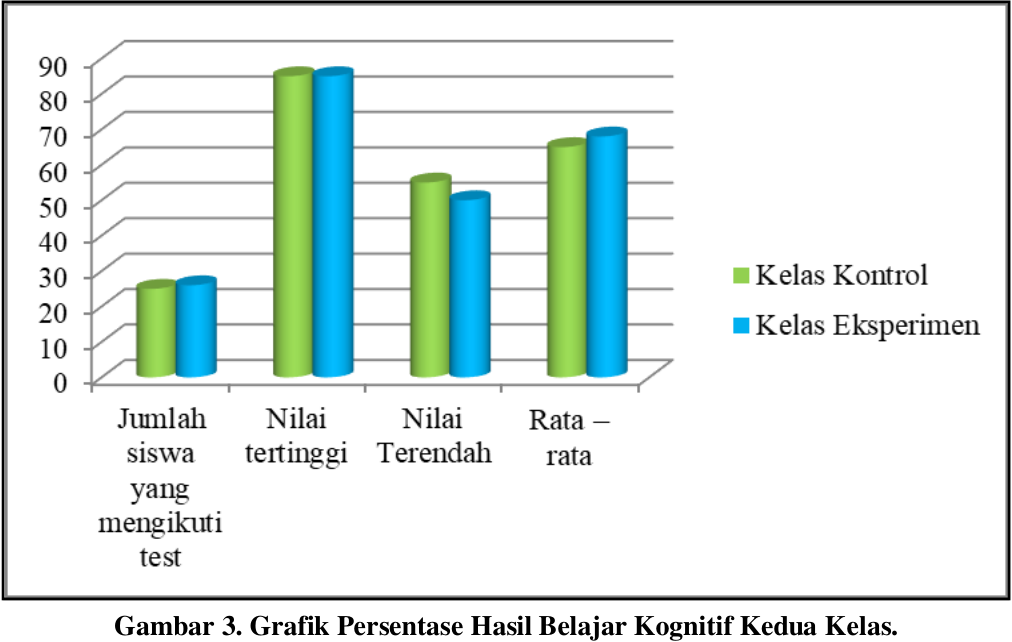
Downloads
Published
How to Cite
Issue
Section
License
Copyright (c) 2023 Harsini Dwi Anggraini

This work is licensed under a Creative Commons Attribution-ShareAlike 4.0 International License.
-
Attribution — You must give appropriate credit, provide a link to the license, and indicate if changes were made. You may do so in any reasonable manner, but not in any way that suggests the licensor endorses you or your use.
-
ShareAlike — If you remix, transform, or build upon the material, you must distribute your contributions under the same license as the original.

